For The Love Of Birds
Where to go birding in
Atlantic Canada
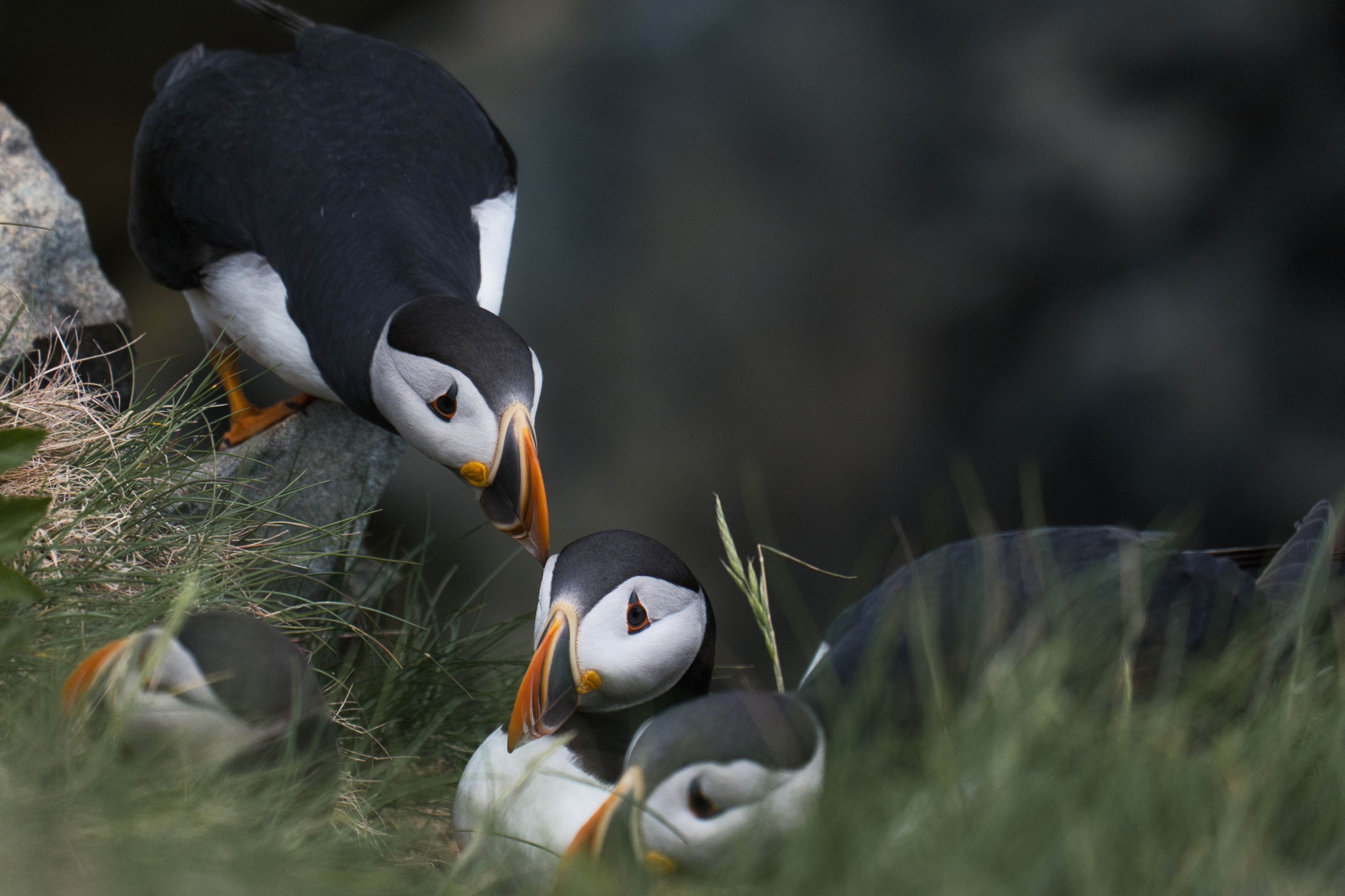
As late summer descends on the Bay of Fundy, so too do the vast majority of the world's Semipalmated Sandpipers.
Barely bigger than a sparrow, these shorebirds make a big impression as a whopping 75% of their population move through the upper Fundy region in the late summer and throughout the fall.
The Bay is their last feeding stop along their 15,000 km migratory journey from their nesting grounds in the Arctic to their winter home in Central and South America.
As the tides go out, the birds move in, feasting on the creatures left behind in the mudflats exposed by the world's highest tidal range.
The birds fly in murmurations, a synchronized type of movement that distracts predators and mesmerizes birdwatchers.
"It is like aerial acrobatics," says Jared Clarke, owner of Bird the Rock, a Newfoundland-based bird and nature tour company.
While the annual sandpiper migration is an anticipated event by those who love wildlife and nature, it is just one of the stunning bird spectacles in Canada's Atlantic provinces.
We asked Jared to share his favourite East Coast fall birding spots and introduce us to the species we can find in the region's diverse landscapes.
Whether you are a casual birdwatcher or a serious birder, you'll find something incredible to see on the East Coast.
Meet Your Guide: Jared Clarke

Born and raised in rural Newfoundland, Jared always found himself surrounded by nature. As a child, he was a collector: stamps, coins, rocks, you name it and Jared loved to collect it.
That passion for collection came in handy when Jared discovered a love for birding as a grad school student, where he studied to be a medical researcher.
"I met a National Parks interpreter who took us on a bird walk as part of our training and he just completely opened my eyes. I always knew there were birds around me but I didn't realize how many different kinds," Jared says. "From that point on I just started birding and then I realized there was a whole community of people that did that."
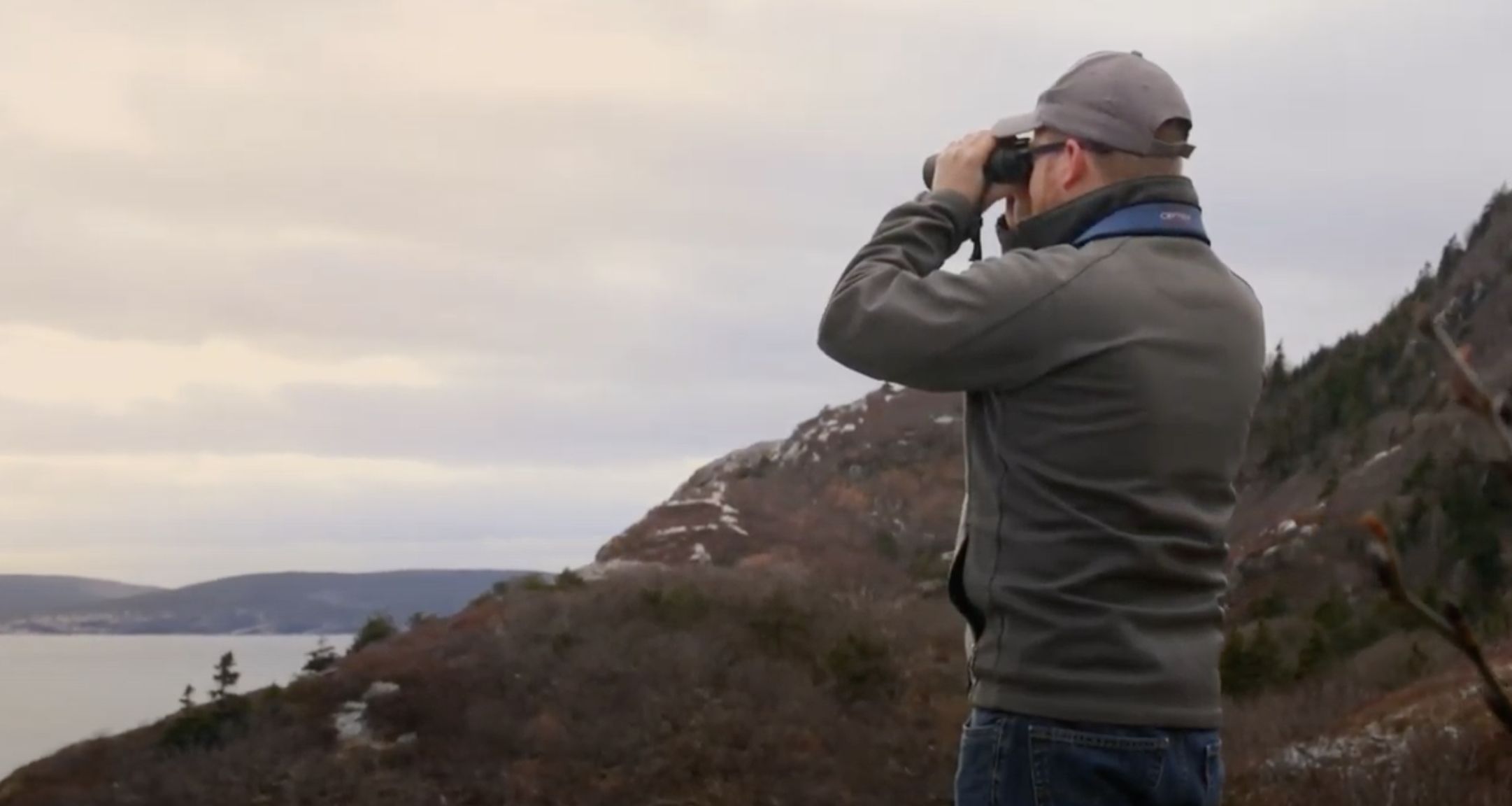
To date, Jared says he's "collected" some 1,200 different species of birds and heads up tours not only in Newfoundland and Atlantic Canada, but in birding hotspots around the world.
"I mean, it's nothing compared to some people who have been doing to for a long time," he says.
He laughs when I ask him which bird is his favourite. It's something he gets asked a lot.
"I always say, the next one that I'm going to see is my favourite," Jared laughs. "But obviously being from and living in Newfoundland, I have a special place in my heart for seabirds."
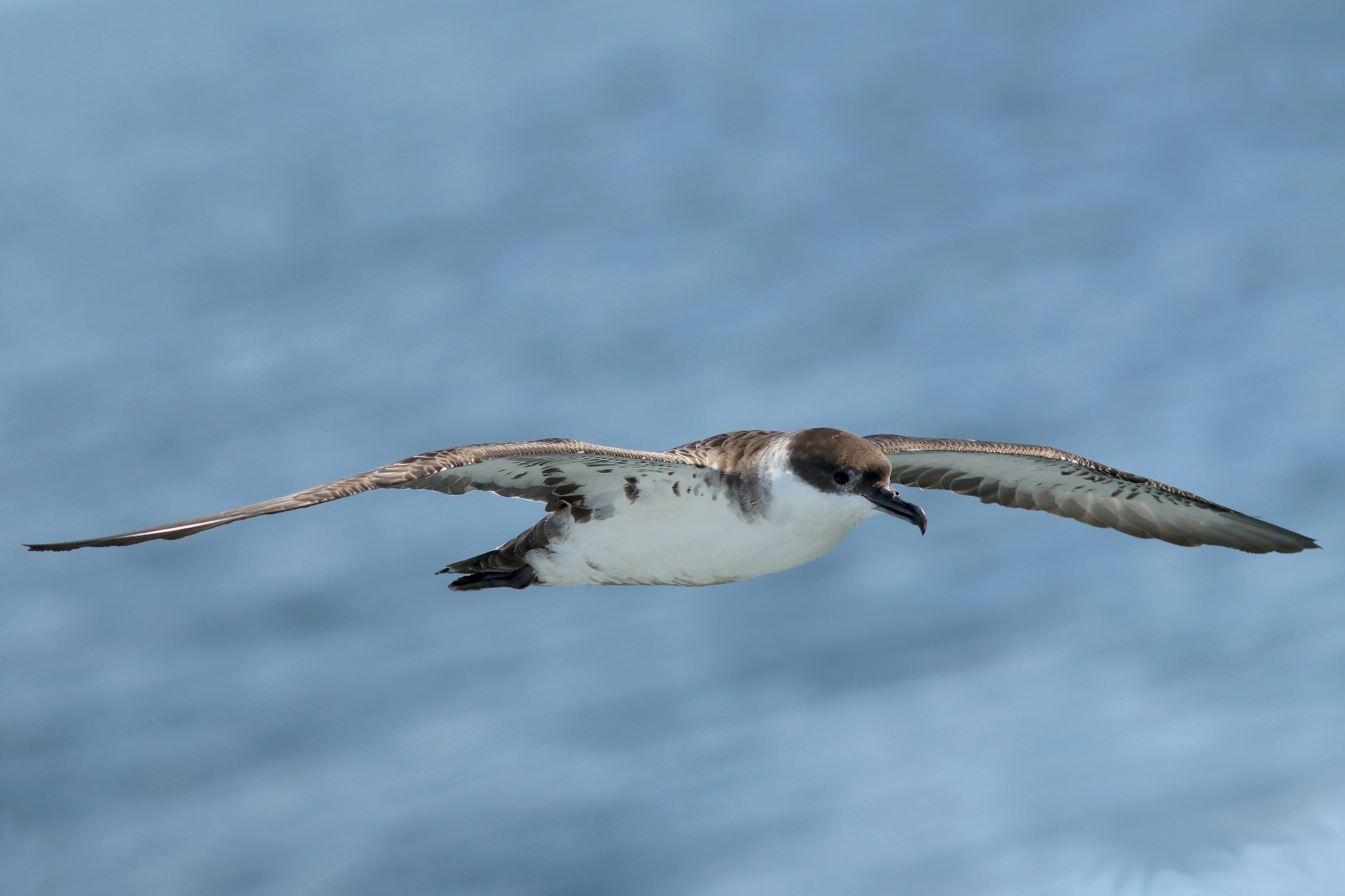
The Great Shearwater. Photo by Jared Clarke
The Great Shearwater. Photo by Jared Clarke
Why he loves his job: "Leading a group, keeps it fresh for me. I get to see Puffins and Boreal Chickadees all the time, but it never gets boring for me because half of the time, when I'm seeing them, I'm with someone who's seeing them for the first time and you get to share in that moment with them."
Fall birding in Atlantic Canada
"One of the neat things about Atlantic Canada is that we get both regular and rare visitors from Europe that North American birders can get pretty excited about"
Bay of Fundy
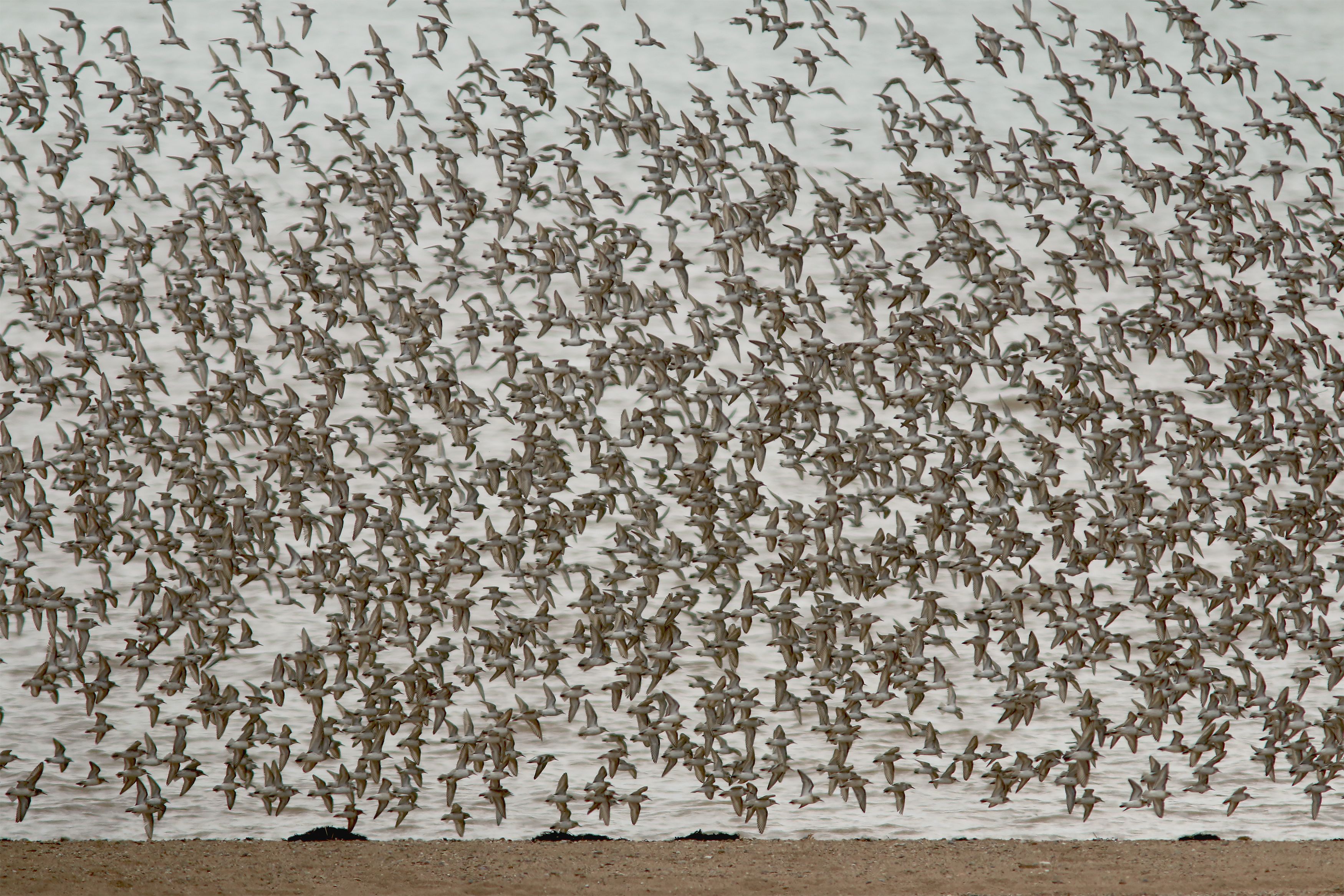
Located between the provinces of New Brunswick and Nova Scotia, the Bay of Fundy is a home to the world's highest tides. The landscape has been shaped by this immense influx of water twice each day and contains cliffs, tidal estuaries, beaches, rock formations and waterfalls.

The Bay of Fundy. Photo by Tourism New Brunswick
The Bay of Fundy. Photo by Tourism New Brunswick
"In the late summer and fall, there's just an incredible shorebird migration that goes through the Bay of Fundy," Jared says. "With huge numbers of sandpipers and plovers migrating through there."
Birders headed to the Bay during the fall can see not only a nice variety of shorebird species but can see them in large gatherings, which is spectacular, he says.
Best Place To Visit:
Shorebird Reserve and Interpretive Centre in Johnson's Mills, New Brunswick.
Best Practices:
Visitors are welcome to explore and hike any time of the year but during the summer and fall, we are asked to stay off the beach during the high tide period. The high tide period is two hours before to two hours after high tide and is a critical feeding time for the birds. Tide schedules change and can be viewed here.
Camping and campfires are not permitted in this area. Amenities onsite include a seasonal interpretive centre with ramp access, an observation deck, and a compost toilet.
Newfoundland: Coastlines
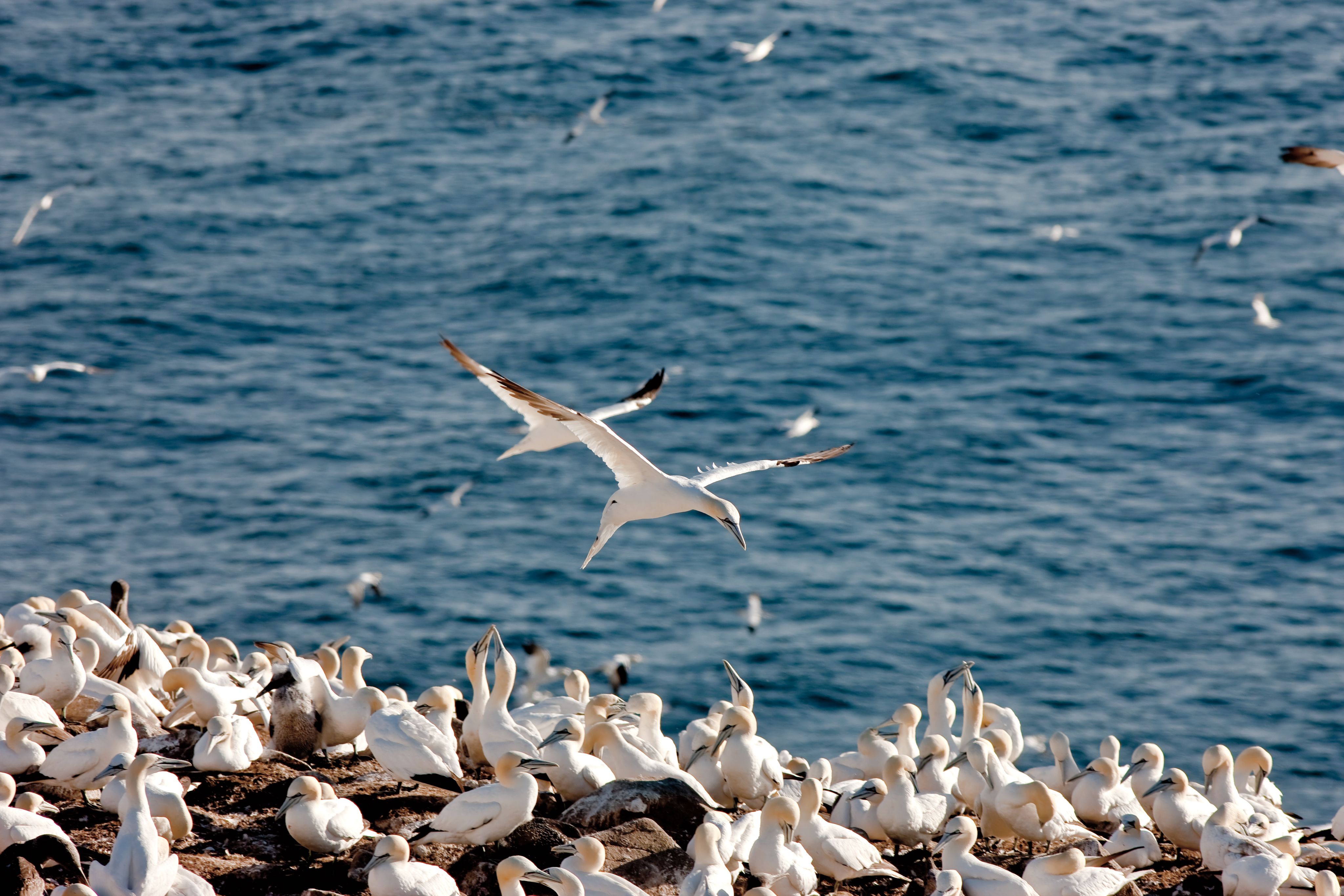
Newfoundland is known for its vast array of seabirds and shorebirds.
What the difference? It is really evident in the name: Seabirds forage for food on the open water, while shorebirds feast along the shore.
The most iconic of the East Coast seabirds is probably the cute and colourful Atlantic Puffin.
"I have about half a million of them living a half-hour from my house," Jared says.
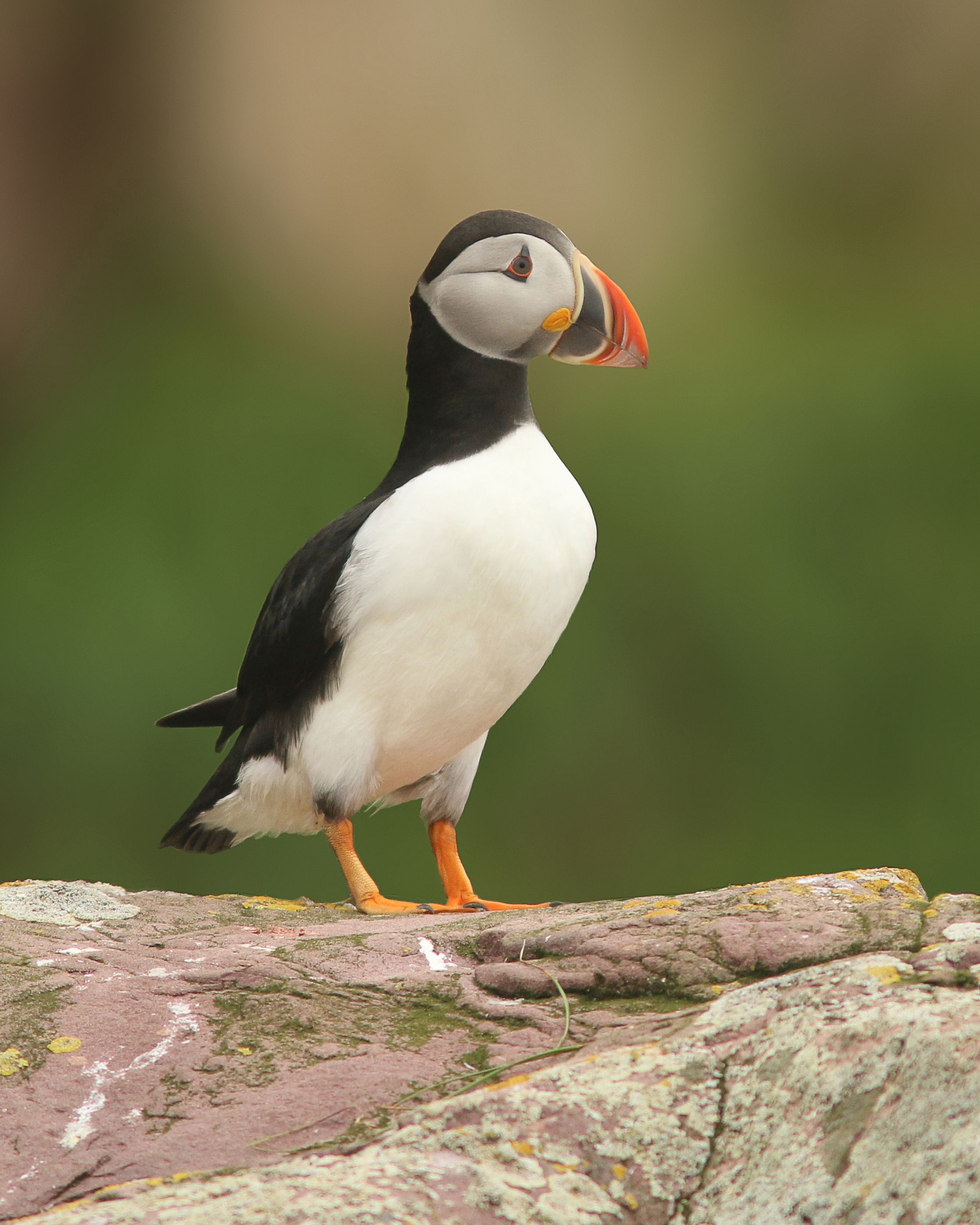
Atlantic Puffin. Photo by Jared Clarke
Atlantic Puffin. Photo by Jared Clarke
In the fall, Jared says visitors might see some of the local seabirds such as the Puffin, Northern Gannet and Leach's Storm-Petrel, as well as pelagic species that visit in the season, such as the Great Shearwater.
"Newfoundland gets quite an interesting shorebird migration. We don't get those same huge numbers as the Bay of Fundy but we get really great diversity here," Jared says. "It is beautiful here in the fall to go birding."
Species that can be seen in the fall include the Whimbrel, the White-rumped Sandpiper, Dunlin and American Golden Plover.
Jared recommends a visit to the scenic Cape St. Mary's Ecological Reserve, located on the southwestern tip of the province's Avalon Peninsula. Recognized as one of the most accessible places in the world to see seabirds, the Cape also offers spectacular ocean vistas and a chance to see everything from whales, seals and dolphins to icebergs, depending on the season .

Bird Rock. Photo by Jared Clarke
Bird Rock. Photo by Jared Clarke
The so-called Bird Rock is a 100-metre sandstone stack just a few metres away from the viewing area, giving visitors an incredible view of the Northern Gannets that make their nests at the site.
Place to visit:
Cape St. Mary's Ecological Reserve in the Avalon Peninsula, Newfoundland.
Best practices:
As an ecological reserve, Cape St. Mary's primary purpose is biodiversity protection and habitat conservation. Educational and low-impact recreational activities such as hiking and sightseeing are allowed, however, as visitors we must avoid disturbing plants, animals and fossils. Pets are not permitted in the reserve, with service animals as the only exception.
If you are approaching the site from the water, keep in mind that motorized boats are not permitted within 100 metres of the cliffs containing nesting birds between April and the end of October. Non-motorized boats can approach to within 20 metres of the cliffs during this critical nesting time.
The area has an Interpretation Centre with a nature store and washrooms, which is open seasonally from May to October. This centre is fully accessible, however, the path to the Bird Rock Observation area is not.
Please note that the observation area near Bird Rock is small and visitors are expected to take turns and avoid crowding. Be mindful of cliff edges and steep slopes, especially in foggy or wet conditions.
Quebec: Tadoussac
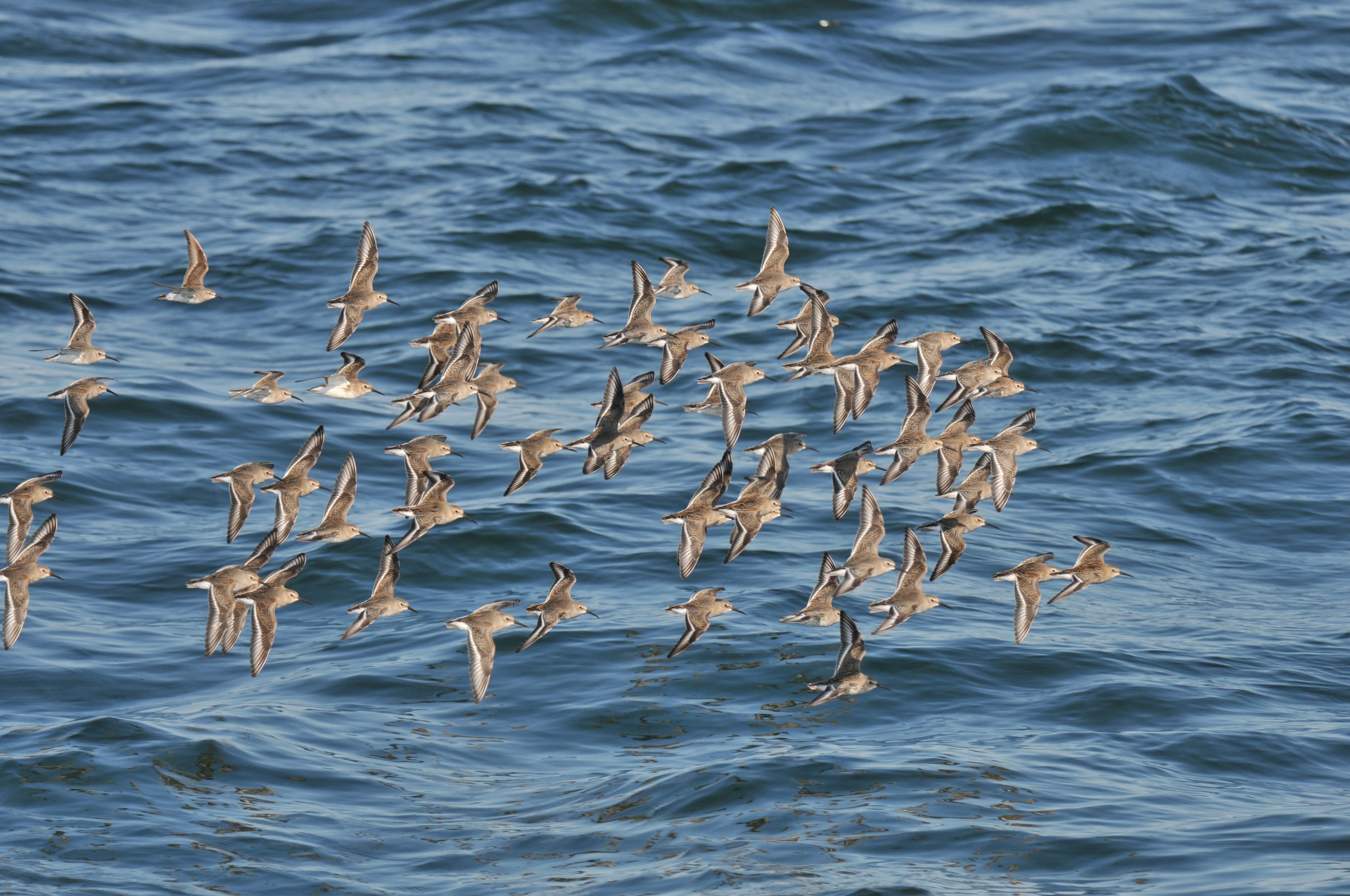
Quebec is oft-overlooked as a maritime province but the briny waters of the eastern St. Lawrence River welcome whales, seals and seabirds alike.

Photo: Benoit Cecile
Photo: Benoit Cecile
Jared says that Tadoussac, the village that sits at the confluence of the St. Lawrence and the Saguenay Fjord is becoming increasingly recognized as a hot destination for birding due to the vast numbers of migrating songbirds that pass through the area.
"You can see these big flocks of birds moving through," he says. "Sometimes thousands."
The local bird observatory, the Observatoire d’Oiseaux de Tadoussac, is located by the sand dunes just a few minutes outside of the village. The observatory has counted more than 4.5 million birds over a ten year period. It has a program in place to monitor the Boreal Owl migration and observe the Northern Saw-Whet Owl.
Each fall, the region sees thousands of migratory birds and hosts a festival (Festival des oiseaux migrateurs) in late September.
Place to visit:
Baie-de-Tadoussac sector of the Parc national du Fjord-du-Saguenay.
Best practices:
In the summer, you can watch marine mammals from shore and in the fall, migratory birds come by the thousands. Take the De l'Estuaire Trail, which can be accessed 6 km from the village centre of Tadoussac along chemin du Moulin-à-Baude. Head for the Maison des Dunes — the trail begins just after this historic sight.
It's a great place to observe birds of prey and other migratory birds but stay on the trail to avoid disturbing the wildlife.
Newfoundland: Forests

When people think of Newfoundland, they often image a rocky landscape with rugged coastlines and barren lands. But the island contains 15 million acres of forest, representing more than half of the island's area. Most are located in the western and central parts of the island and they are an excellent place in which to observe songbirds.
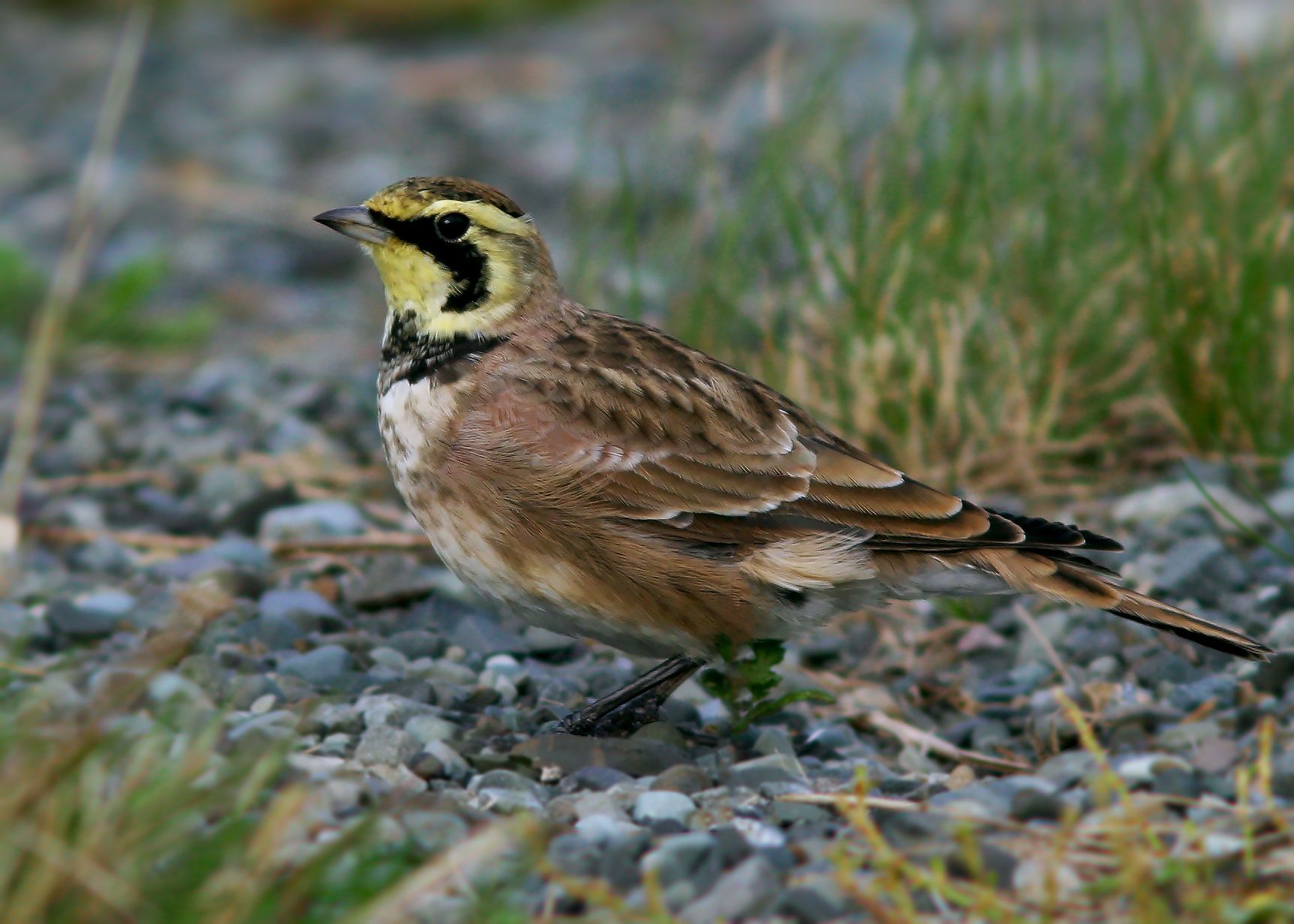
Horned Lark. Photo by Jared Clarke
Horned Lark. Photo by Jared Clarke
Jared says that year-round residents in Newfoundland include the Boreal Chickadee, Canada Jay, and Evening Grosbeak. Some species, like the Mourning Warbler and the Horned Lark will be heading south throughout the fall, and others, like the Lapland Longspur, will be passing through the province on their migratory route.
Place to visit:
Gros Morne National Park in Western Newfoundland or any of the Boreal Forest regions in Newfoundland.
Best Practices:
Gros Morne National Park is a UNESCO World Heritage Site. The park contains 100 km of trails that meander through forests, over ancient rock, and along craggy shorelines.
As with any outdoor adventure, do not pick plants, collect rocks or remove anything from the trails. Take your litter back out with you and maybe bring a bag along to pick up any litter you see along the way.
Be cautious of slippery rocks, rising tides and steep cliffs.
Woodland trails such as the Coastal Trail (6 km return) and the Berry Head Pond Trail (2 km loop) are good places to see birds such as the Boreal Chickadee.
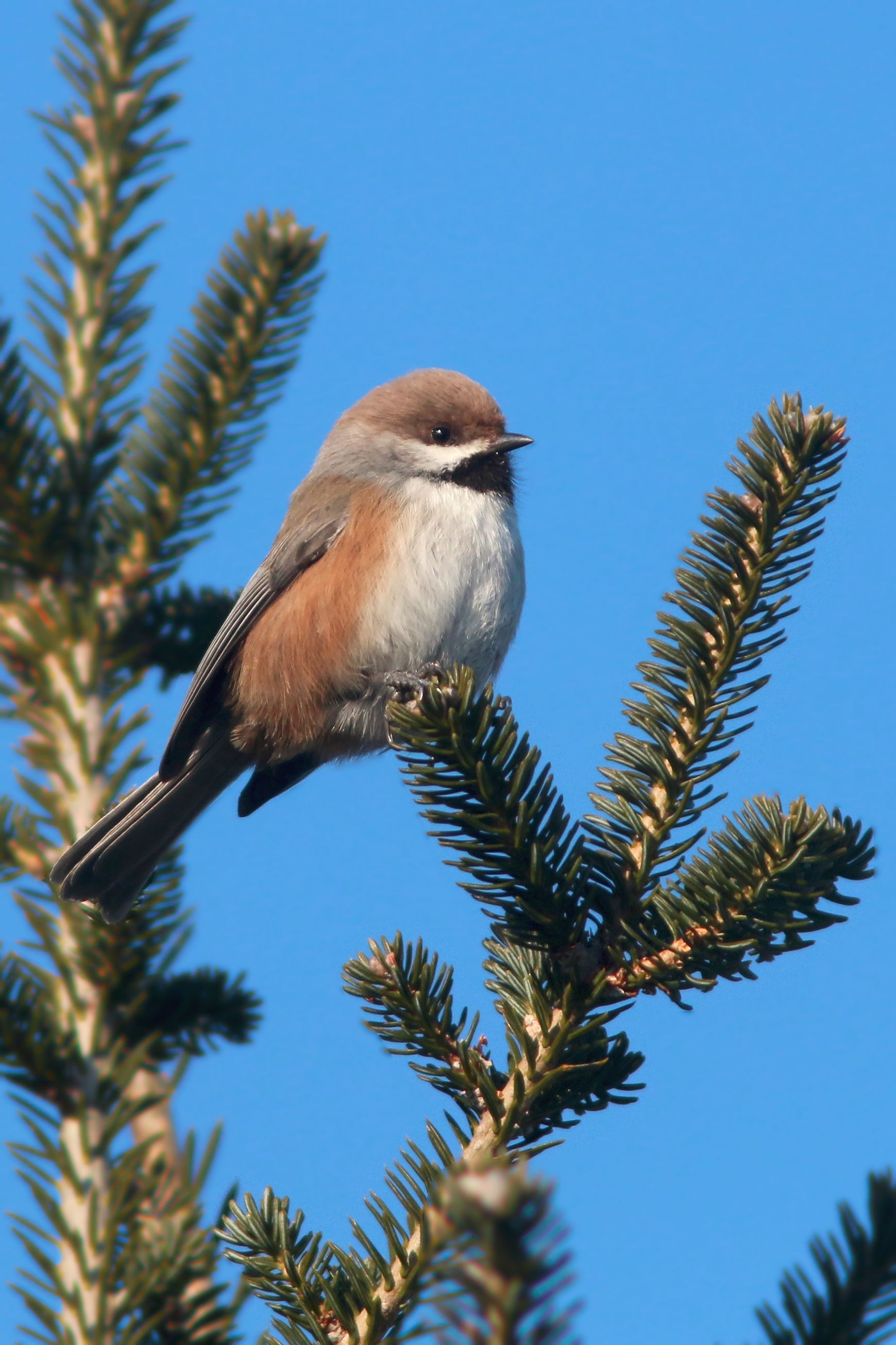
Boreal Chickadee. Photo by Jared Clarke
Boreal Chickadee. Photo by Jared Clarke
Why go birding?
"I love getting out in the nature. It's a great excuse to get out and go looking for birds," Jared says. "But sometimes you go birding for a day and when you come home, the highlight of the day isn't even a bird, it's something else you saw. Birding is just an excuse to get out in nature and a different lens to see the world through."
To see the birds with Jared as your guide or to learn more about birding in Atlantic Canada, visit Bird the Rock.









